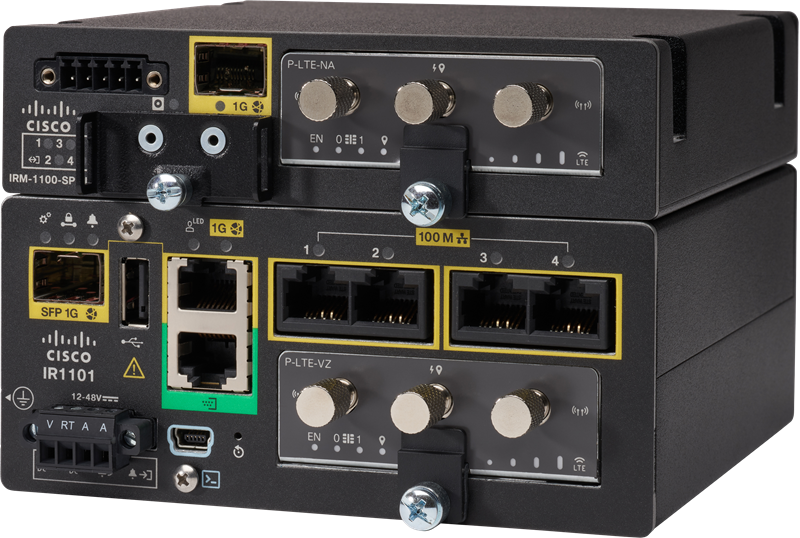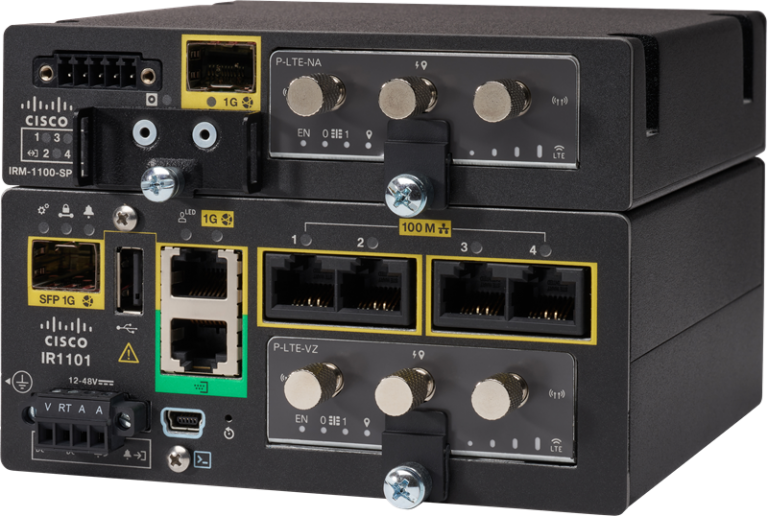In case of disasters, a reliable communication network is critical. The emergency centers need to be able to exchange information to coordinate their response in the field. Service providers need to keep their network live. Power utilities need to be able to keep the electric grid up and running.
In Europe, the communication networks used to control components of the power grid and all other critical infrastructure, are required to remain operational for at least 24 hours in the event of a power failure. This is well beyond what most commercial cellular networks can offer.
The solution identified by the energy industry is LTE 450. Public protection and disaster recovery (PPDR) regulations in Germany, Scandinavia, and parts of Africa allow critical industries to reserve the 450 MHz band in their areas to deploy private LTE networks, replacing legacy public safety voice networks with technology capable of data transmission.
This means LTE 450 can offer privileged access to the network, without public mass market services.
A key differentiator of the LTE450 MHz band is its long-range coverage. The high frequencies can deliver higher data rates to any number of smart devices, but they are affected by rapid signal attenuation and require dense base station coverage. On the other hand, the 450 MHz band sits on the other side of the spectrum.
With commercial LTE, a complete countrywide network might require tens of thousands of base stations to achieve full geographical coverage. LTE 450 only takes a few thousand base stations to achieve the same coverage and requires less power at the edge. This results in:
- A reduced number of base stations need to be kept up and running; it’s easier to manage the network.
- It’s easier to reach rural areas due to the extended coverage.
- Backup battery power can be used to continue to connect critical devices in the event of a power failure.
In addition, the reduced attenuation coming from the low frequency signals of LTE 450, allows increased penetration through walls and other solid materials, bringing obvious advantages for devices deployed indoors, underground and in other hard-to-reach locations.
Thus LTE 450 is a resilient cellular communication network tailored to the needs of mission and business critical use cases. Few examples:
- a private wireless network to connect thousands of SCADA systems used to control and monitor substations and other renewable energy assets;
- a public network to serve a broad range of power utilities, including water, gas, heat distribution networks and smart power grids.
Cisco solution for critical networks
Cisco has introduced an LTE 450Mhz plug in module for the popular Cisco Catalyst IR1101 Rugged Router. This platform provides the ability to connect to 450Mhz networks and additionally provides a second fallback module for private 4G, 5G or commercial cellular networks.
Figure 1: The Catalyst IR1101 Rugged Router
Critical traffic (such as SCADA or other critical control traffic) can be routed via 450Mhz and non-critical traffic routed via the cellular connections.
The IR1101 rugged router also provides secure encrypted tunnels for critical traffic from the remote site to a secure headend (e.g., Utility control center).
For management of remotely deployed IR1101 routers, the Cisco Catalyst SD-WAN platform supports secure zero touch onboarding, provisioning, and visibility to allow IR1101 routers to be deployed easily in the field.


